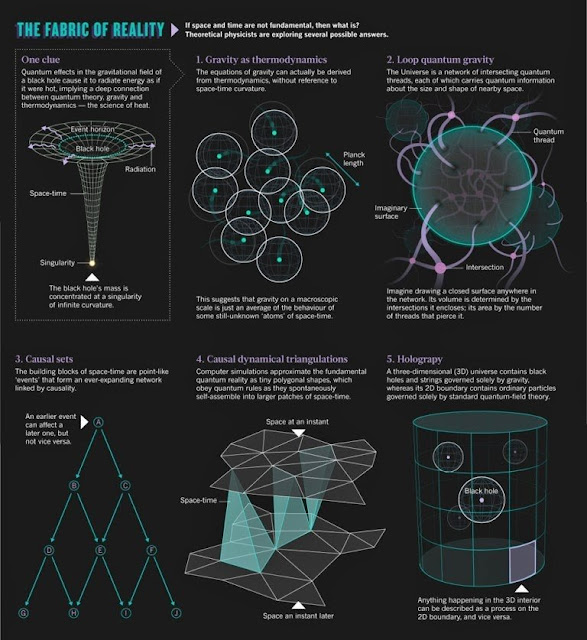Formation of the planets (part-2)
The giantplanets (Jupiter, Saturn, Uranus, and Neptune) formed further out, beyond the frost line, which is the point between the orbits of Mars and Jupiter where the material is cool enough for volatile icy compounds to remain solid. The ices that formed the Jovian planets were more abundant than the metals and silicates that formed the terrestrial planets, allowing the giant planets to grow massive enough to capture hydrogen and helium, the lightest and most abundantelements.Planetesimals beyond the frost line accumulated up to 4 M⊕ within about 3 million years. Today, the four giant planets comprise just under 99% of all the mass orbiting the Sun.heorists believe it is no accident that Jupiter lies just beyond the frost line. Because the frost line accumulated large amounts of water via evaporation from infalling icy material, it created a region of lower pressure that increased the speed of orbiting dust particles and halted their motion toward the Sun. In effect, the frost line acted as a barrier that caused material to accumulate rapidly at ~5 AU from the Sun. This excess material coalesced into a large embryo (or core) on the order of 10 M⊕, which began to accumulate an envelope via accretion of gas from the surrounding disc at an ever-increasing rate.Once the envelope mass became about equal to the solid core mass, growth proceeded very rapidly, reaching about 150 Earth masses ~105 years thereafter and finally topping out at 318 M⊕.Saturn may owe its substantially lower mass simply to having formed a few million years after Jupiter, when there was less gas available to consume.
T Tauri stars like the young Sun have far stronger stellar winds than more stable, older stars. Uranus and Neptune are thought to have formed after Jupiter and Saturn did, when the strong solar windhad blown away much of the disc material. As a result, those planets accumulated little hydrogen and helium—not more than 1 M⊕ each. Uranus and Neptune are sometimes referred to as failed cores.The main problem with formation theories for these planets is the timescale of their formation. At the current locations it would have taken millions of years for their cores to accrete.This means that Uranus and Neptune may have formed closer to the Sun—near or even between Jupiter and Saturn—and later migrated or were ejected outward (see Planetary migration below). Motion in the planetesimal era was not all inward toward the Sun; the Stardust sample return from Comet Wild 2 has suggested that materials from the early formation of the Solar System migrated from the warmer inner Solar System to the region of the Kuiper belt.
After between three and ten million years,the young Sun's solar wind would have cleared away all the gas and dust in the protoplanetary disc, blowing it into interstellar space, thus ending the growth of the planets.



Comments
Post a Comment